Beyond Hope
Adam Greenfield
As the real impacts of climate change wreak ever greater havoc on our lives, it is increasingly clear that "climate change" has also become an ideological apparatus meant to entrap us in despair, policy paralysis, and reformist horizons. While North America once again bakes in a record-breaking heat wave this week, the "pragmatic" options in the field of politics are intended to swing us to one of two presidential candidates, each a loyal servant to fossil capital, and each wholly committed to the survival of the economy at the expense of any form of collective flourishing.
Adam Greenfield's new book Lifehouse offers vital proposals to escape from this trap. Counterposing our pragmatism to that of the system, he uses a designer's eye to find the correct scale at which we can begin practically building structures for dignified collective survival in the face of what he calls the “Long Emergency,” and perhaps, begin planning a counterattack. The framework of the Long Emergency offers a useful reconceptualization of the entire sequence of climate change. It is vital, he argues, to grasp how “the second- and third-order consequences of global heating” engender a “breach in the ordinary that simultaneously challenges the structures of power we’re familiar with, endangers most everything we hold dear, and furnishes us with a rare opportunity to build something more in line with our deepest values.”
Greenfield's proposal — the construction of "lifehouses" — is neither a rigid formula nor a panacea. Rather, it proposes a new way of viewing the spaces discarded by our decaying society, and for developing strategic forms of action for their appropriation and collective usage that operate at an appropriate scale and temporality. Such a strategy must be modest in its beginnings, yet capable of pulling us into the real stakes of shared life in our neighborhoods; above all, it must be effective in creating collective power and resilience not just in a hypothetical future crisis, but now. In this way, the Lifehouse may be understood as a contribution to the ongoing debate over the role of autonomous structures in confronting capitalist crisis and social conflict, from Berlin to San Cristóbal.
Lifehouse is available from Verso Books next month. Below are two selections from the chapter “Beyond Hope.”
And so we find ourselves at a moment of decision. What can we do now, to make our way through the terrifying set of conditions we’ve inherited? What choices are available to us?
We can buy less, and more locally, in the hope that in aggregating and responding to our purchase signals, the market will commit itself, permanently and worldwide, to a low-carbon production pathway.
We can vote, in the hope of electing legislatures and governments committed to real climate action and able to see their policies enacted as binding law.
We can protest, in the hope that legislators will note and heed the will of their constituents, and that governments and transnational bodies can be pushed toward a more aggressive defense of the planet, whether they were elected or not.
We can engage in civil disobedience, in the hope that we can convince enough of our fellow citizens of the lateness of the hour, and that they, too, will be motivated to do something.
We can engage in the sabotage of extractive industries, in the hope that their calculus of return on investment can be shifted, and that shareholders will tire of plundering the Earth for so little in the way of gain.
We can work toward the revolutionary seizure of power, in the hope that we will succeed in time to take meaningful action on climate, and that our success will inspire other would-be insurgents to undertake and accomplish the same, everywhere.
We can entrust our fate to technical means, in the hope that someone somewhere will invent a way of safely decarbonizing the atmosphere, or reflecting the sun’s heat back to space, or stabilizing the ice sheets where they are, or really all of that.
Each of us is free to commit to any of these courses of action, or — at the risk of some incoherence — even all of them at once. They are all based on a self-consistent theory of change of one sort or another. But despite their superficial differences, all of these strategies share some deep qualities in common. They are all indirect: they leave you moored in your life, standing by, doing nothing to develop your own capacities. They act with delayed effect: however long they take to work, we can be reasonably sure that it is not soon enough. They are wildly contingent on the coordinated efforts of others, depending on the energy, conviction, and incorruptibility of human beings beyond our reach or ability to influence, and their capacity to cooperate with one another at scale.
Finally, there’s no guarantee that any of them will work or even produce any measurable results at all. You could invest every iota of your life energy in any of these strategies for change for the rest of your days on Earth and move the needle on climate not at all.
This leaves us with one final possibility. We can act — directly, immediately, locally, without waiting for the state or any other institution to undertake our defense. What might that look like?
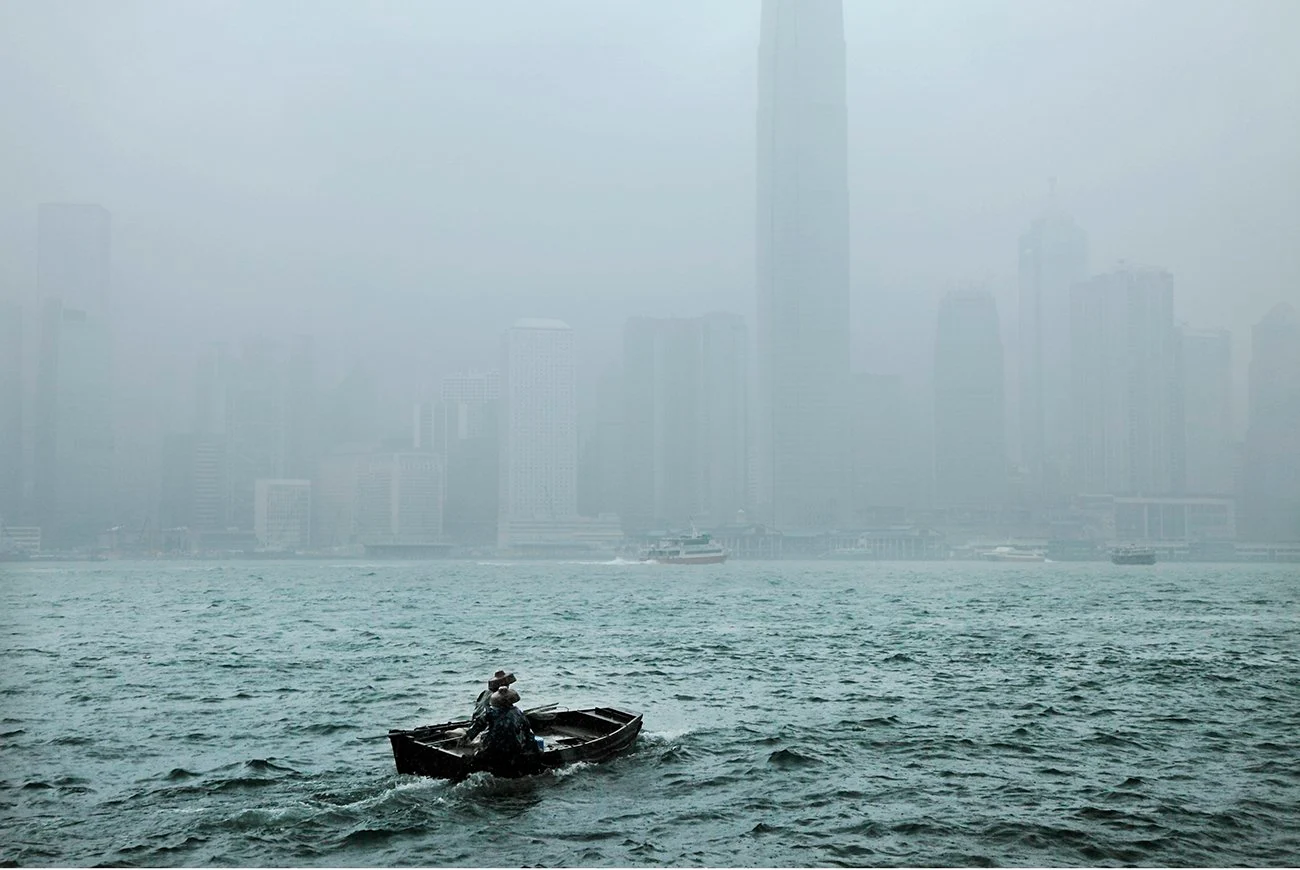
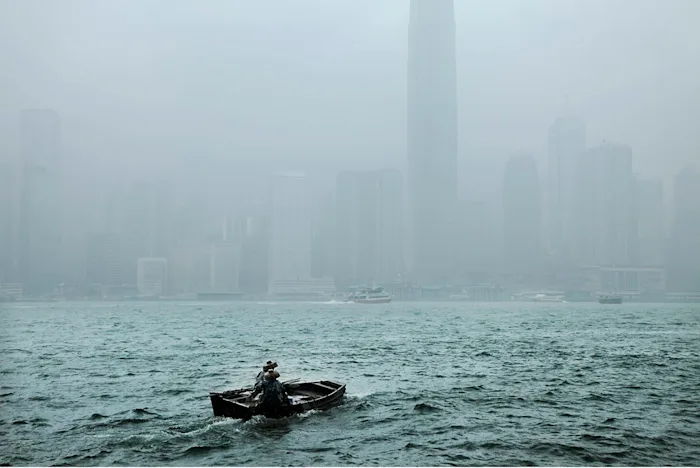
In her wonderful social history of squatting on New York’s Lower East Side, Ours to Lose, Amy Starecheski tells the story of the electricity-generating stationary bicycle set up on the sidewalk outside C-Squat on Avenue C, which supplied power to a bank of phone chargers during the extended outages that followed Superstorm Sandy.1 The entire community gathered around the chargers, at first simply to top up their phones, but later simply because that’s where the people were. Over these days and weeks, the sidewalk in front of C-Squat was the most obvious place for people experiencing a sharp, sudden disruption of their way of life to seek out useful information, the comfort of fellowship and vital material support.
Here in microcosm is a model for the kind of community infrastructure we will need to see us through the Long Emergency: when the grid goes down or the water from the pipes isn’t safe to drink, there ought to be a place close at hand where we can attend to these material needs ... that is also a place where we might seek the strength, insight, and reassurance of others in the same straits.
As the unfolding reality of Earth system collapse increasingly intersects with the organized abandonment of our communities, and the complex systems we rely upon for the maintenance of everyday life prove to be far more fragile and contingent than we’d ever understood them to be, many of us will have more and more need of settings like this. What I believe our troubled times now ask of us is that we be more conscious and purposive about creating them in our communities — each one provisioned against the hour of maximum need and linked with others in a loose, confederal network. I call them “Lifehouses.”
The fundamental idea of the Lifehouse is that there should be a place in every three- or four-city-block radius where you can charge your phone when the power’s down everywhere else, draw drinking water when the supply from the mains is for whatever reason untrustworthy, gather with your neighbors to discuss matters of common concern, organize reliable childcare, borrow tools it doesn’t make sense for any one household to own individually and so on — and that these can and should be one and the same place. As a foundation for collective resourcefulness, the Lifehouse is a practical implementation of the values we’ve spent this book exploring.
There’s a kind of positive externality that emerges from organizing things in this way, as well. As we’ve seen, one of the problems that always vexes those of us who believe in the assembly, and similar deeply participatory ways of managing our communities, is that these types of deliberation are often a hard sell. Most of us are exhausted, for starters. Our lives already hem us in with obligations and prior commitments, situations that require our presence and undivided attention.
We may not always have the energy or the wherewithal to travel very far to “participate,” even if we’re convinced in the abstract of the value of doing so. If the place of assembly is right in our immediate neighborhood, though? And we happen to be going there anyway, to charge a phone, pick up the kids, return a borrowed dehumidifier, or simply seek shelter from the heat? Then the odds that any one of us will get meaningfully involved in the stewardship of collective services increases considerably.
Just like the phone chargers on the table outside C-Squat, think of the infrastructural provisions as the “killer app”: the compelling proposition that pulls people into the Lifehouse. But the deep value is in the other voices we encounter there.

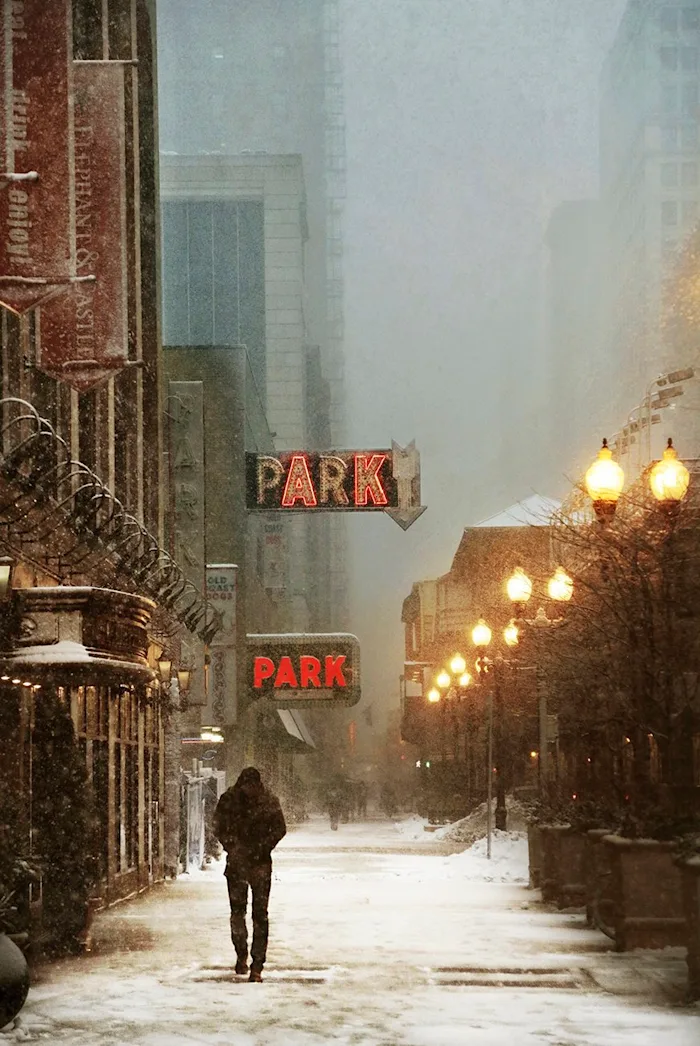
Lifehouses would be most useful if we thought of them as places to help us ride out the depredations of neoliberal austerity now, as well as the storms to come. This means furnishing every cluster of a hundred or so households with access to a structure that’s been fitted out as a shelter for those displaced from their homes, a storehouse for emergency food stocks and a heating-and-cooling center for the physically vulnerable. It should be able to purify enough drinking water, and generate enough electric power, to support the surrounding neighborhood when the ordinary sources of supply become unreliable. And it should be staffed, on a 24/7 basis, by volunteers who know the neighborhood and its residents well and have a developed sense for the matters that concern them most.
That way, when the moment strikes, there’s no need to organize makeshift distribution sites like the tent in Malik Rahim’s driveway, or hope that the parish church has a rector sympathetic enough to offer up their space. Both the physical facilities and the social networks to support a robust local mutual care effort are already in place. Indeed, that care effort is at this point the merest extension or intensification of what people are already doing in their everyday lives.
The value of such a place extends past the material to the social, psychic and affective. If a Lifehouse can be somewhere to gather and purify rainwater, the nexus of a solar-powered neighborhood microgrid and a place to grow vegetables, it can also be a base for other services and methods of self-provision — a community workshop, a drop-in center for young people or the elderly and a place for peer-to-peer modes of care like the “hologram” Cassie Thornton derived from her experience of the Greek solidarity clinics to latch on. It can be all those things at once, provisioned and run by the people living in its catchment area.
If mutual care needs a site, and so does collective power, then that site should draw out and strengthen the connections between these ways of being in the world.
It is imperative in this that we avoid any suggestion of planning or pre-defining something that must emerge organically from people’s own priorities and decisions. Everything important about this idea must be worked out in practice, in the light of local experiences, local struggles, and local values. But in what follows, I’d nevertheless like to set out some of my own thoughts about the things a Lifehouse ought to do and be.
At the outset, though, I should probably set some expectations about what Lifehouses cannot achieve.
It’s clear even in these early days of the Long Emergency that the scale of devastation involved in many climate-driven events will often be so extreme that no community hub will be able to hold its own. There is no suggestion here that (for example) any facility will help a community survive sustained wet-bulb temperatures above 35°C (95°F) if it is unable to maintain its own cooling, or shelter people from the total destruction of a runaway wildfire, or do anything at all for them if it is submerged beneath rising floodwaters.
Not every community Lifehouse, further, will be able to provide for each and every circumstance it might be confronted with. It’s obviously hard to purify enough rainwater to drink when there hasn’t been a drop of precipitation for months, or to grow anything unaided in soil that’s been depleted of its fertility over decades. However resourceful people may be, there will inevitably be times that they need tools, medicines or equipment that simply cannot be procured or produced locally. In part, this is why we cannot imagine the Lifehouse as something that stands alone. Each one needs to be linked with others in some confederal structure, so they can distribute some of their burdens across the network in moments of acute pressure, and in this way bear up under what might otherwise be an intolerable load.
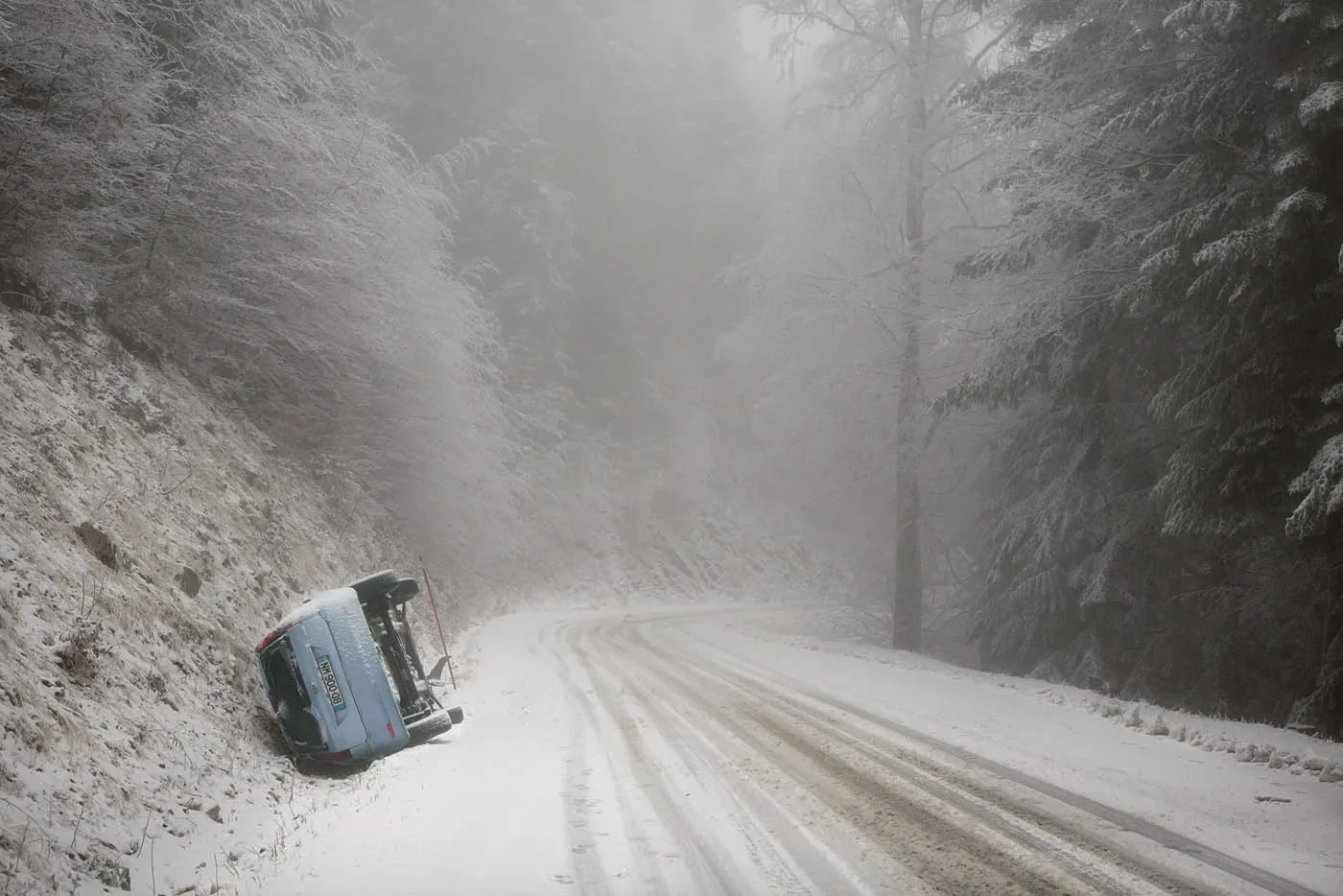
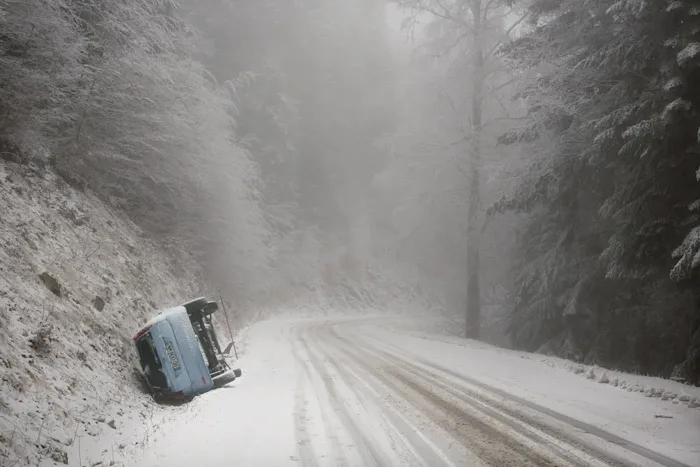
But even that fails to address the central reservation that some who are otherwise sympathetic to the idea may hold. A Lifehouse, even a large-scale network of Lifehouses, is not the revolution. It cannot directly hold to account any of the actors we know are responsible for our peril. It can do nothing overt to prevent the larger forces of market and state from continuing to dominate the world and in doing so desecrate it. Our commitment to build the Lifehouse may even dovetail uncomfortably with the premise, if not the conclusion, of an argument we know the extractive industries are preparing to foist upon us — that it is too late to stop the planet from heating and therefore that there is little enough sense impeding them in their pursuit of profit. And for this reason alone, the idea will not be acceptable to many who think of themselves as belonging to the progressive tradition. All a Lifehouse can ever do is give people a space in which they might realize a vision of social ecology, tending to themselves and the planet by practicing and experiencing solidarity, mutual care, and self-determination.
In the fullness of time, this may itself prove to be a form of slow repair and, should it propagate widely enough, a healing of the damage done. But in any timeframe we will live to see, any Lifehouse will, at best, remain what scholars of these things call a “heterotopia of resistance”: a space organized outside, apart from, and in opposition to the main currents of a society.2 Establishing such spaces may or may not help to advance the grander vision of ecological accountability and justice we cherish, but I think we will be very glad to have recourse to them when the moment of need arrives.
It probably does need to be said in so many words, though, that despite the inherently global nature of this crisis, just about everything about the discussion that follows concerns actions we take in our own backyard.
When everything goes sideways, we’re largely compelled to make do with the resources in our immediate vicinity. But there’s a good argument to be made for continuing to organize and work locally, too. At this most granular scale, it ought to be possible for us to reassert at least some control over our conditions and to witness the results of our efforts.
That “witness” is vital in ways that aren’t simply about functionalist assessment. In dark times, we need to be able to see the impact of our actions to keep despair at bay. We need to feel like there’s some more or less direct gearing between the choices we make together and the concrete extension of shelter to those in danger. We need, in other words, to feel our power. That only really becomes possible when the questions we are deciding involve things that are close at hand. [...]
If we want to build ourselves a refuge against the hard times to come, then, at least one way of doing so seems clear. We don’t have to imagine the revolutionary seizure of state power, or some deus ex machina event that wipes the slate clean and allows us to begin anew. All we need to imagine is a meshwork of Lifehouses spanning the land, each one a place where people come to avail themselves of sanctuary, restoration, sustenance, and solace, each one managed and governed by the people who use it. If this is in some ways an ambitious vision, it’s also one that is comparably modest and achievable. Amid all the anguish of our great undoing, it sketches the improbable outlines of something extraordinary: a wildcat infrastructure of care, drawing on the best that is in us, to shelter the most vulnerable among us, at the very moment we need it.
But in order for any of this to come into being, someone still has to be the first to act.
In her great novel of “ambiguous utopia,” The Dispossessed, Ursula K. Le Guin has her protagonist, the heterodox physicist Shevek, form a “syndicate of initiative” with his partner and a few allies at just such a moment of decision.3 The members of a syndicate of initiative speak for no one else. They act only in their own names, guided solely by their own assessment of the moment and what it requires. They take upon themselves the full responsibility for acting and remain accountable for their choices in the face of opposition that seeks to undermine everything they endeavor to achieve. But what they do redefines the parameters of the situation they contend with.
There is a curious parallel between the choice Shevek and his syndics make and that made by anyone who undertakes some program of mutual care outside the state. The first moments of any project along these lines are always fraught with risk, and in such moments it’s easy to be dissuaded by the daunting weight of all the forces aligned against success.
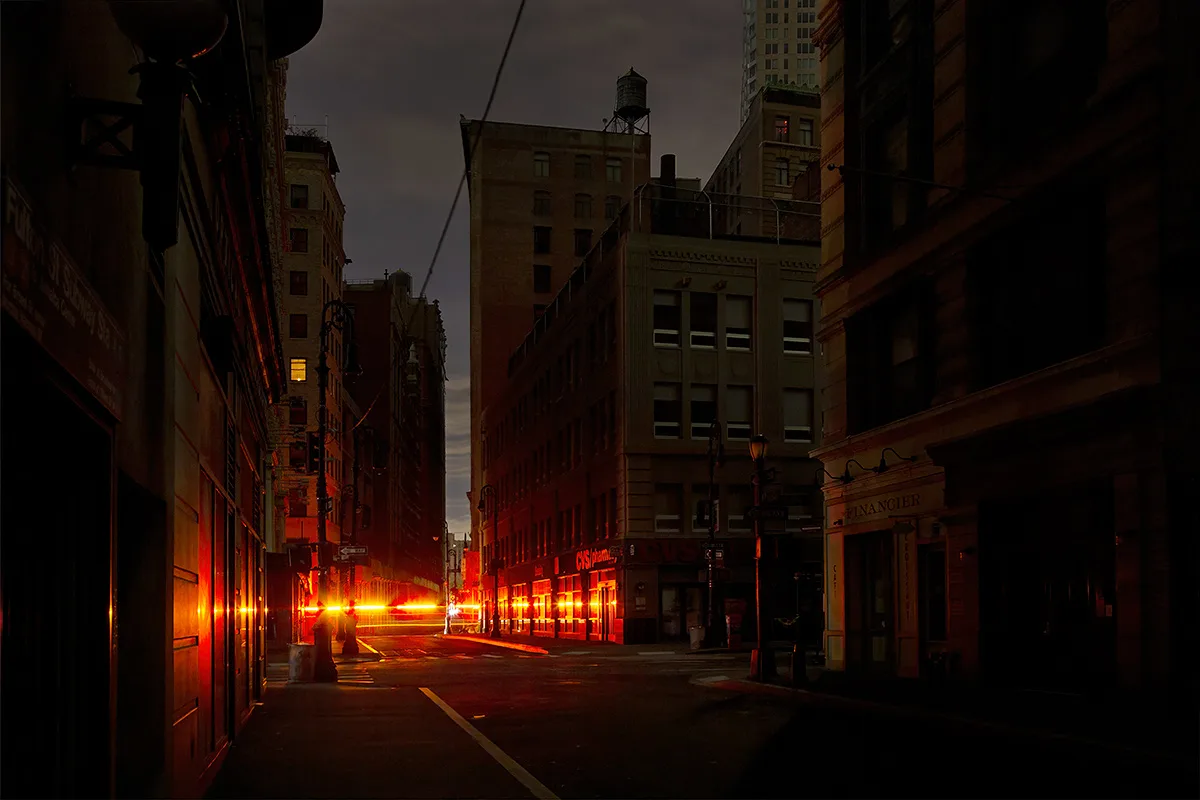
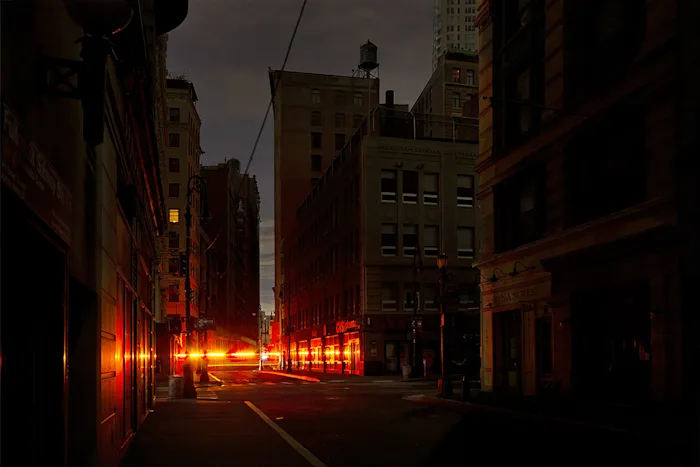
But here I want to invoke what I earlier described as “the great secret of Occupy Sandy,” a quality that we know from the testimony of people involved is something it shared with Common Ground, the Greek solidarity clinics, and the communes of Rojava above all: taking initiative in this way feels wonderful. Taking concrete action in defense of our communities — doing something about the situation we find ourselves in and exercising collective power over it — is reparative in itself, and in specific for the numbing dread that otherwise gnaws at us in this time of storms. It can even help us manage the helpless, corrosive rage occasioned by the cruelty and injustice of this Emergency, or the terror we feel at the thought of our pending nonexistence.4
If we have reason to expect that a surging sense of joy and reconnection is what awaits us at the culmination of our effort, that ought to be enough to see us through the difficulties of its inception. Or enough, anyway, that we’re able to show up for ourselves and for all those who need us.
So let us organize our own syndicates of initiative and together build the Lifehouse. Let’s start with what is closest at hand, build outward from there and link our efforts with those of the others who have set themselves the same task. Let’s let go, finally, gratefully, of all our vain hope for the future and use that energy instead to undertake the work — the necessary work — of care, of repair, of survival.
There is just one final thing to say about the Lifehouse and whatever promise it may hold, which is that the powerful generally cannot tolerate and will not simply let people pursue even the humblest projects of autonomy and self-determination. Across the centuries, popular attempts at self-reliance and self-definition have been assailed wherever and whenever they have appeared, by state and nonstate actors both. But everything history teaches us about the fate of such initiatives since the days of the Paris Commune suggests that the state constitutes by far the greater threat to their existence.5 What brought the Commune to its abrupt end, after a mere seventy two days, was the same thing that has so often doomed the ventures in self-governance that followed: exogenous state violence. From Vienna’s Karl-Marx-Hof in 1934 to Barcelona in 1939 to Rojava in 2019, in fact, just about any time a space has emerged in which even modest numbers of people have managed to organize the necessities of life on their own initiative, those spaces, those people, and all their hopes have been crushed by force of arms.6 It may well be that all of these experiments might sooner or later have succumbed to their own internal tensions and contradictions, but we’ll never know that — because what actually cut them short was the armed might of the state.
In our time, of course, most liberatory projects fall well short of any point at which they might even remotely constitute a threat to power or capital of the sort that was posed by Communard Paris, Red Vienna, or revolutionary Barcelona. But to ensure that this remains the case, a thoroughgoing program of preemptive harassment is directed at anything that might constitute a kernel of insurgent counterpower, most especially so if the actors involved are in any way racialized or marked as other.
Nothing is too petty in this respect. No radical effort is too small, local, or unassuming to escape hostile notice, and no activity so self-evidently benign that some attempt will not be made to disrupt it — not even feeding the hungry. FBI agents circulated ginned-up kompromat to San Francisco businesses in a largely successful attempt to “impede their contributions to [the Black Panther Party] Breakfast Program.”7 City building inspectors, accompanied by police, threatened the volunteer staff of the youth-centered nonprofit Chicago Freedom School with fines of up to $1,000 a day for “preparing and serving large quantities of food without the proper retail food establishment license,” because they bought pizza for teenagers who’d been tear-gassed while protesting the murder of George Floyd.8 The Houston Police Department continues to cite Food Not Bombs activists, issuing fines amounting to an unsupportable $23,500, for the sin of furnishing free meals to the homeless.9 The State of Georgia indicted activists protesting the “Cop City” police training center in South River Forest under the Racketeer Influenced and Corrupt Organizations act, characterizing each tranche of reimbursement for kitchen supplies among them as “an overt act in furtherance of the conspiracy.”10 It probably shouldn’t surprise us when agents of the state harness every institutional, regulatory and legislative means at their disposal to undermine alternative projects and seal off the spaces in which they might grow. But what still retains a capacity to astonish are the spite and psychic smallness with which they so often go about doing it.
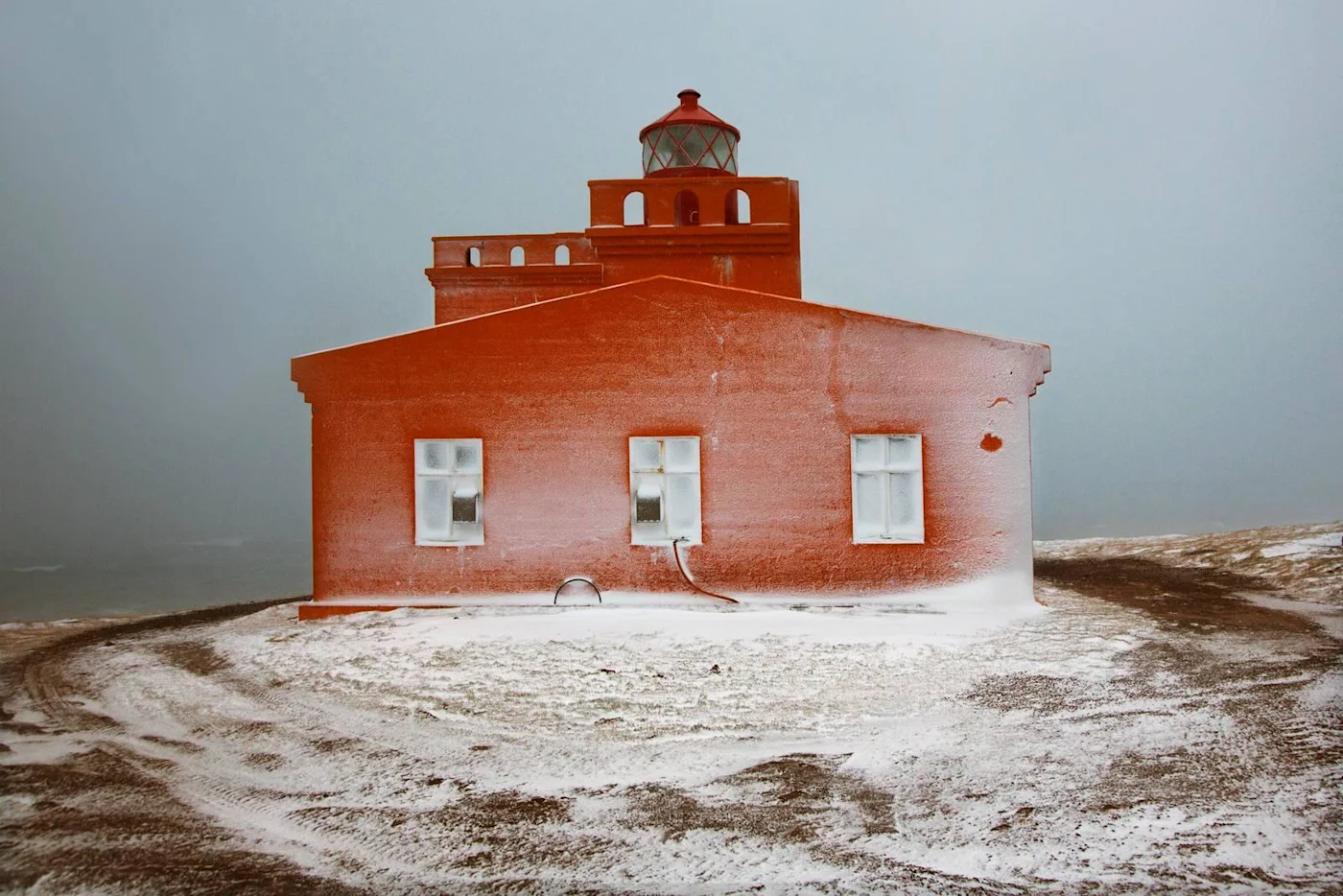
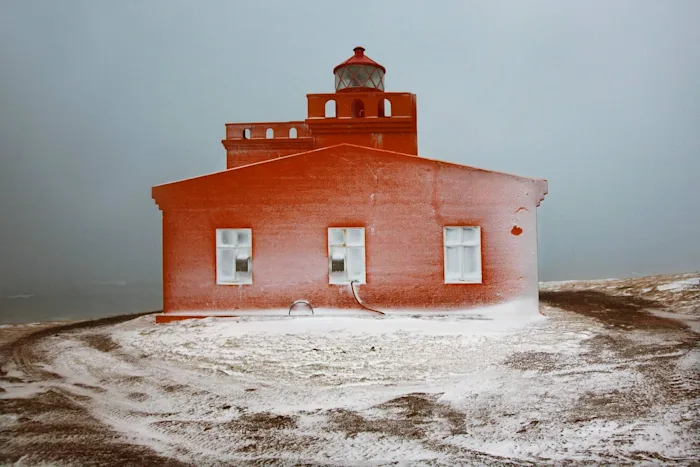
When harassment won’t suffice, the state has other means of disruption available. From the Earth Liberation Front and Animal Liberation Front in the United States to the long infiltrations of activist communities in the UK, it is clear that even the smallest, most ineffectual or harmless radical groupuscules will be penetrated, compromised and seeded with agents provocateurs.11 This extends to mutual aid initiatives with an overt politics. One of the earliest members of Common Ground — so trusted, indeed, that between January and April 2007, he served as its director of operations — was an FBI informant.12
And sometimes, indeed, the means of disruption are raw and lethal. Let a community assert any degree of territorial control or show any sign that it intends to subsist outside capital permanently, and it will swiftly find itself a community marked for elimination in one way or another.
This is neither hyperbole, nor paranoia, nor an inflated sense of the significance of such efforts. More than one Lower East Side squat was set ablaze under mysterious circumstances and allowed to burn to the ground as officers of the city’s department of Housing Preservation and Development stood by.13 In Philadelphia in May 1985, the Black separatist group known as MOVE was massacred, their whole neighborhood burned down around them. And any student of the Black Panthers can tell you what happened to its emergent generation of leaders: Bunchy Carter was set up for assassination. Fred Hampton and Mark Clark were murdered in their beds.
This will toward elimination is now bolstered by technological capacities the state never had in the time of the Panthers. These include spyware to eavesdrop on a target’s conversations and map their social connections; automated facial recognition that tracks individuals of interest, even amid large crowds; anomaly-detection algorithms that allow an operator to detect and characterize patterns of behavior in similarly large datasets and in this way anticipate the emergence of protests; and the first tentative steps toward deployment of lethal autonomous systems on the borders — all gleefully vended by the grubby NSO Groups and Palantirs of the world.14
Much of this technology, inevitably, is hugely overhyped and will never work in the ways touted. But enough of it already does that any state equipped with it will enjoy the prerogative of isolating potential cells of dissent or resistance at the threshold of emergence and either preempting their formation or otherwise disrupting their ability to act effectively. As to what constitutes “dissent or resistance” in the mind of the state, we know that the symbols of Extinction Rebellion and Greenpeace, as well as YPG/YPJ insignia and the green-and-black flag of ecoanarchism, have appeared in a visual guide to extremist groups circulated by Counter Terrorism Policing in the UK.15 Despite later caviling by that organization and attempts to withdraw the materials in question, they undoubtedly represent the way our efforts at mutual care and the development of collective power will be perceived by many within the state security apparatus.16
All of this might seem a million miles removed from our talk of Lifehouses, with their humming microgrids and verdant gardens. But as the pressures of the Long Emergency intensify and the competition for resources tightens, I think it’s a fair bet that the attempt to furnish care will itself attract the kind of violence that was previously lavished only on (actual or perceived) threats to the dominant order. And while the state may always constitute the preeminent threat, it’s by no means safe to assume that this violence will be coming from the state alone.
This will particularly be the case wherever someone extends care toward refugees, asylum seekers, or other individuals or communities marked for othering and exclusion. Any gesture in this direction is sure to attract the rage of local fascist or ethnonationalist formations, just as Golden Dawn physically attacked free clinics, social centers and refugee camps during its years of greatest influence in Greece.17 Some of these formations, like Golden Dawn itself, will even claim that some kind of ecological consciousness justifies their assaults on whatever infrastructure exists to shelter the weakest and most vulnerable.18

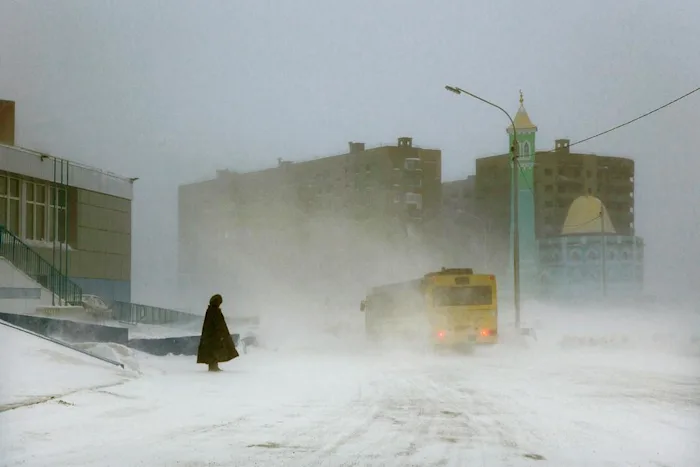
If a mutual care effort manages to persist for long enough in holding any space at all, the odds are that someone somewhere will eventually be moved to oppose it by force. So long as it confines itself to the more stereotypically feminized aspects of care work and social reproduction, that effort may — may — be tolerated. But even then, there are no guarantees: even something as beloved and broadly supported in the community as Occupy Sandy was attacked, and whoever was responsible in that case was perfectly willing to firebomb a church. If the broader prospect we face is one of grinding twilight wars and unrelenting, wanton cruelty at all the interfaces where the habitable zone meets the world in flight, that cruelty will surely extend to the very spaces, and providers, of shelter. We can already see it happening.
So even in the case that, against all odds, we are actually able to create Lifehouses and in them make common cause against the future bearing down upon us, our efforts can’t end there. The implacable truth is that such communities must organize and prepare to defend themselves, or stand by in helpless acquiescence as they and everything they love are made to perish from the Earth.19
Concretely, this is a dreadful, heart-stopping prospect and cannot be regarded with anything remotely like equanimity. But history is uncompromising on this point, and it is something that everyone embarked upon the politics of care must ultimately reckon with. This is the grim thing, the lesson of Golden Dawn and COINTELPRO, of Daesh and the vigilantes of Algiers Point: there is little point in sheltering bodies from the undirected chaos of the storm if you are not also prepared to protect them from those who specifically mean to do them harm.
Adam Greenfield’s Lifehouse. Taking Care of Ourselves in a World on Fire is out July 9th with Verso Books.
Images: Christophe Jacrot
Notes
1. Amy Starecheski, Ours to Lose: When Squatters Became Homeowners in New York City, University of Chicago Press, 2016.You can see the actual bike for yourself at the Museum of Reclaimed Urban Space (MoRUS), at 155 Avenue C between Ninth and Tenth Streets. As MoRUS is co-located with the still very much active C-Squat, hours may, uh, vary (and access to the bike in particular may be subject to negotiation with residents).↰
2. Margaret Kohn, “The Power of Place: The House of the People as Counterpublic,” Polity 33, no. 4 (Summer 2001). See also Michel Foucault, “Of Other Spaces, Heterotopias,” trans. Jay Miskowiec, Architecture, Mouvement, Continuité 5 (1984 [1967]).↰
3. Ursula K. Le Guin, The Dispossessed: An Ambiguous Utopia (New York: HarperCollins, 1974).↰
4. Jem Bendell, “Deep Adaptation: A Map for Navigating Climate Tragedy,” IFLAS Occasional Paper 2, July 27, 2018.↰
5. Prosper-Olivier Lissagaray, History of the Paris Commune of 1871, trans. Eleanor Marx, Verso, 2012.↰
6. Wilton A. Gardner, “Cannon Destroy Workers’ Homes,” New York Times, February 13, 1934; “February 1934 — History of Vienna,” City of Vienna, wien.gv.at; Antony Beevor, The Battle for Spain: The Spanish Civil War 1936–1939, Penguin, 2006. Only the ongoing experience of the Municipios Autónomos Rebeldes Zapatistas seems to furnish a genuine exception: in Chiapas a population in excess of 350,000 has continuously self-managed by participatory assembly since December 1994.↰
7. Memorandum to FBI Director J. Edgar Hoover from Charles Bates, Special Agent in Charge, San Francisco Field Office, “COINTELPRO — Black Nationalist Hate Group — Racial Matters,” November 30, 1970.↰
8. Justin Laurence, “The Chicago Freedom School Offered Food, Water and Rest to Weary Protesters Trapped Downtown — and the City Cited Them for It,” Block Club Chicago, June 8, 2020.↰
9. Amanda Holpuch, “Houston Volunteers Fight Tickets for Serving Meals to Homeless People,” New York Times, August 6, 2023.↰
10. State of Georgia v. Beamon, Biederman, Bilodeau et al., Fulton County Superior Court Criminal Indictment 23SC189192, August 29, 2023.↰
11. “New Documents Show FBI Targeting Environmental and Animal Rights Groups Activities as ‘Domestic Terrorism,’” American Civil Liberties Union, December 20, 2005, aclu.org; HM Inspectorate of Constabulary, A Review of National Police Units Which Provide Intelligence on Criminality Associated with Protest, HMIC, 2012; Undercover Policing Inquiry: Tranche 1 Interim Report, Undercover Policing Inquiry, June 2023; Gary T. Marx, “Thoughts on a Neglected Category of Social Movement Participant: The Agent Provocateur and the Informant,” American Journal of Sociology 80, no. 2 (September 1974).↰
12. Colin Moynihan, “Activist Unmasks Himself as Federal Informant in G.O.P. Convention Case,” New York Times, January 4, 2009.↰
13. Alexander Vasudevan, The Autonomous City: A History of Urban Squatting, Verso, 2017, 225.↰
14. Forbidden Stories, “The Pegasus Project,” July 2021, forbiddenstories.org; Ronen Bergman and Mark Mazzetti, “The Battle for the World’s Most Powerful Cyberweapon,” New York Times, January 28, 2022; Nicol Turner Lee and Caitlin Chin, “Police Surveillance and Facial Recognition: Why Data Privacy Is Imperative for Communities of Color,” Brookings Institution, April 12, 2022, brookings.edu; Manal Mostafa Ali, “Real-Time Video Anomaly Detection for Smart Surveillance,” IET Image Processing, 17, no. 5 (April 17, 2023); Eleanor Drage and Federica Frabetti, “The Performativity of AI-powered Event Detection,” Science, Technology, and Human Values, March 27, 2023; Kaelynn Narita, “Smart Borders: Silicon Valley and Border Policing,” Political Economy Research Centre, March 27, 2023, perc.org.uk.↰
15. Vikram Dodd and Jamie Grierson, “Greenpeace Included with Neo-Nazis on UK Counter-terror List,” Guardian, January 17, 2020; “Terrorism Police List Extinction Rebellion as Extremist Ideology,” Guardian, January 10, 2020.↰
16. “Our Focus Is Countering Terrorism, Not Lawful Protest,” Counter Terrorism Policing, January 17, 2020, counterterrorism.police.uk.↰
17. Gianluca Mezzofiore ,“Golden Dawn Mob Threatens NGO for Treating Migrants in Perama Clinic,” International Business Times, April 11, 2014; Yannis Palaiologos, “Greece’s NeoNazi Politicians Are Awaiting Trial — and as Popular as Ever,” New Republic, September 23, 2014; “Far-Right Group Attacks Refugee Camp on Greek Island of Chios,” Guardian, November 18, 2016; zb, “Five Injured after Attack on Greek Anti-fascist Center,” Freedom, February 28, 2018, freedomnews.org.uk.↰
18. This is perfectly expressed in an April 2013 statement issued by the self-proclaimed “Green Wing” of Golden Dawn. “The leftists and the hippies tried to claim the ecologist movement as their own, but [our] love for nature is different than theirs: The environment is the cradle of our Race, it mirrors our culture and civilization, making it our duty to protect it.” Golden Dawn, “The Green Wing and the Volksland Project,” April 6, 2013.↰
19. In this regard, the same community production workshop that pops out wind-turbine blades or supports for aquaponics tanks in relatively peaceful times can be rapidly retooled for the manufacture of increasingly sophisticated weaponry, like the 3D-printed FGC-9 carbines used at scale by the insurgent People’s Defense Forces in Myanmar. (Do note that this is, of course, wildly illegal in many jurisdictions.) Travis Pike, “The FGC-9 in Myanmar: 3D Guns and the Future of Guerrilla Warfare,” Sandboxx, January 7, 2022. ↰